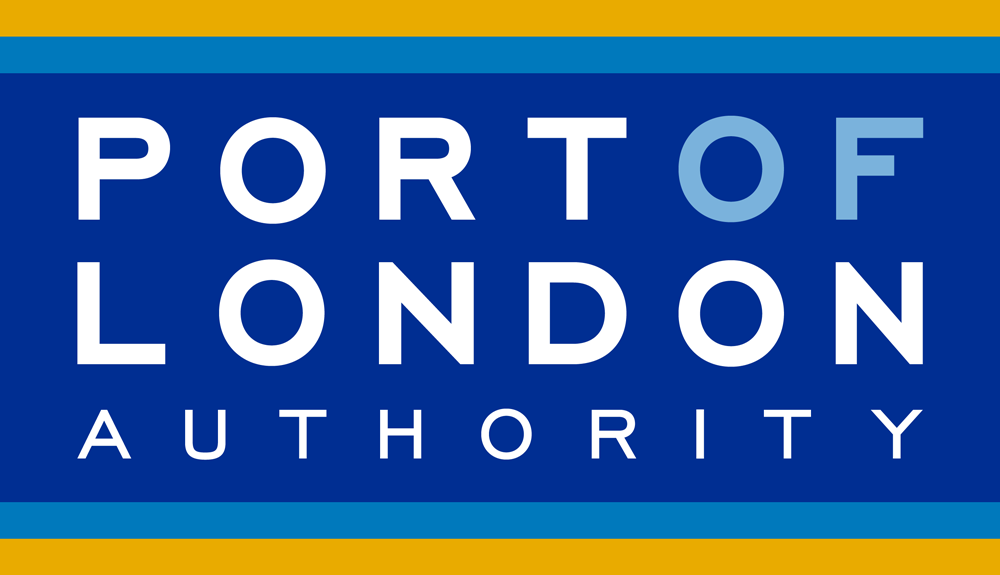Live Tides
NOTICES TO MARINERS
Charts & Surveys

Incident reporting
Life-threatening emergencies on the river:
Call 999 and ask for the Coastguard
For near miss, safety observations and incident reporting click below
Navigating in Close Proximity to Piers, Jetties and Other River Structures
| Notice Ref | SB2-24 |
| Issuer | Adam Layer |
| Issuer Role | Harbour Master |
| Issue Date | 14/06/2024 |
| Expiration Date | 14/06/2025 |
| District | Safety Bulletin |
| Reach(es) |
Following recent incidents involving passenger vessels and small craft, the PLA has identified some safety issues, which are of relevance to Masters and Operators of vessels on the tidal Thames and especially those operating smaller vessels within central London.
Small Vessel Movements
In the tidal Thames there are many structures that can result in smaller vessels being obscured and not being readily seen by larger craft. It is essential that Masters and Operators of small boats working in and around piers and jetties give due consideration to whether they can be seen by nearby vessels. When entering the fairway from an obstructed position, for example behind a pier, the Master must ensure it is clear and safe to proceed before joining the channel as well as giving consideration as to whether they are the give way vessel.
In this instance it is recommended that vessels navigate well clear of piers and jetties to a visible position before attempting to enter the fairway and should make use of sound signals, where necessary, to attract attention.
.png)
Masters of small vessels are also reminded that most passenger and freight vessels have blind spots close to the vessel where they are unable to see smaller vessels. Extra care should be taken by masters of small vessel when navigating in high traffic density areas and larger vessels should be given a wide berth, especially when they are moored against piers and jetties. Remember – if you cannot see the Master of the vessel they cannot see you.
.png)
Large Vessel Movements
Larger vessels, such as passenger and freight vessels, alongside piers and jetties should also give consideration to the presence of small vessels navigating in the vicinity, and especially those that may be navigating from the inside of a pier or jetty before departing the berth. The tidal Thames is home to a wide variety of small commercial and recreational vessels and an effective lookout by all available means; including making use of the available crew, is essential when navigating on the Thames and especially when departing the busy central London Piers.
Use of Sound Signals
It should be noted that PLA Byelaws do not expressly require the sounding of 1 long blast when leaving a pier; however the COLREGs state vessels may utilise sound signals to attract attention where necessary. It is recommended that the effective use of sound signals, in compliance with the COLREGs, is taken into consideration when navigating on the tidal Thames and especially when navigating from an obscured position or in close proximity to larger vessels.
Last updated: 2025-05-28 06:41:53
Discover


